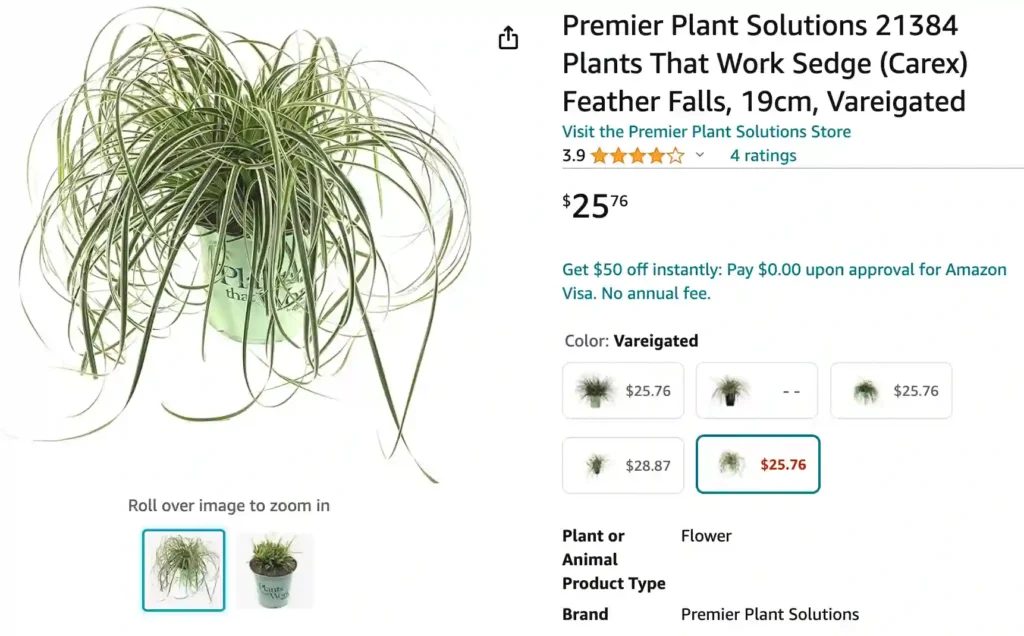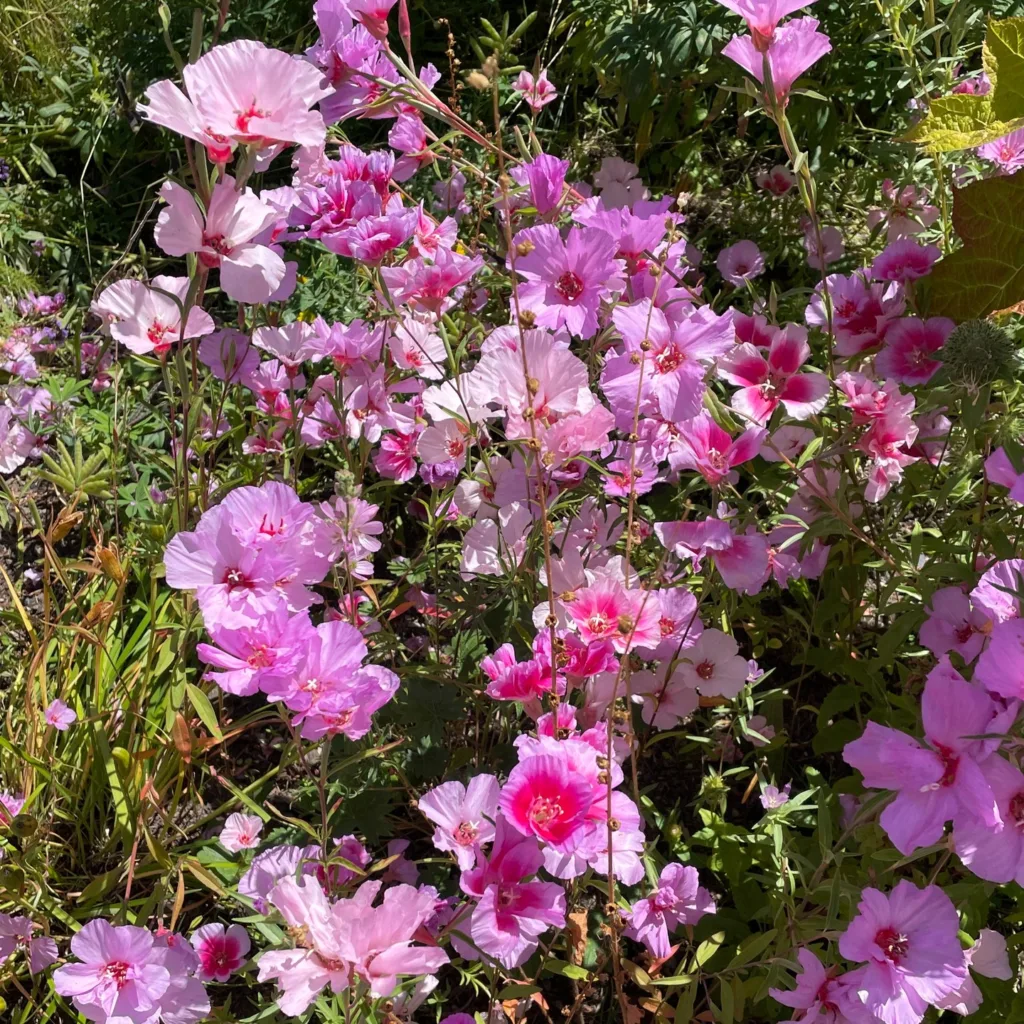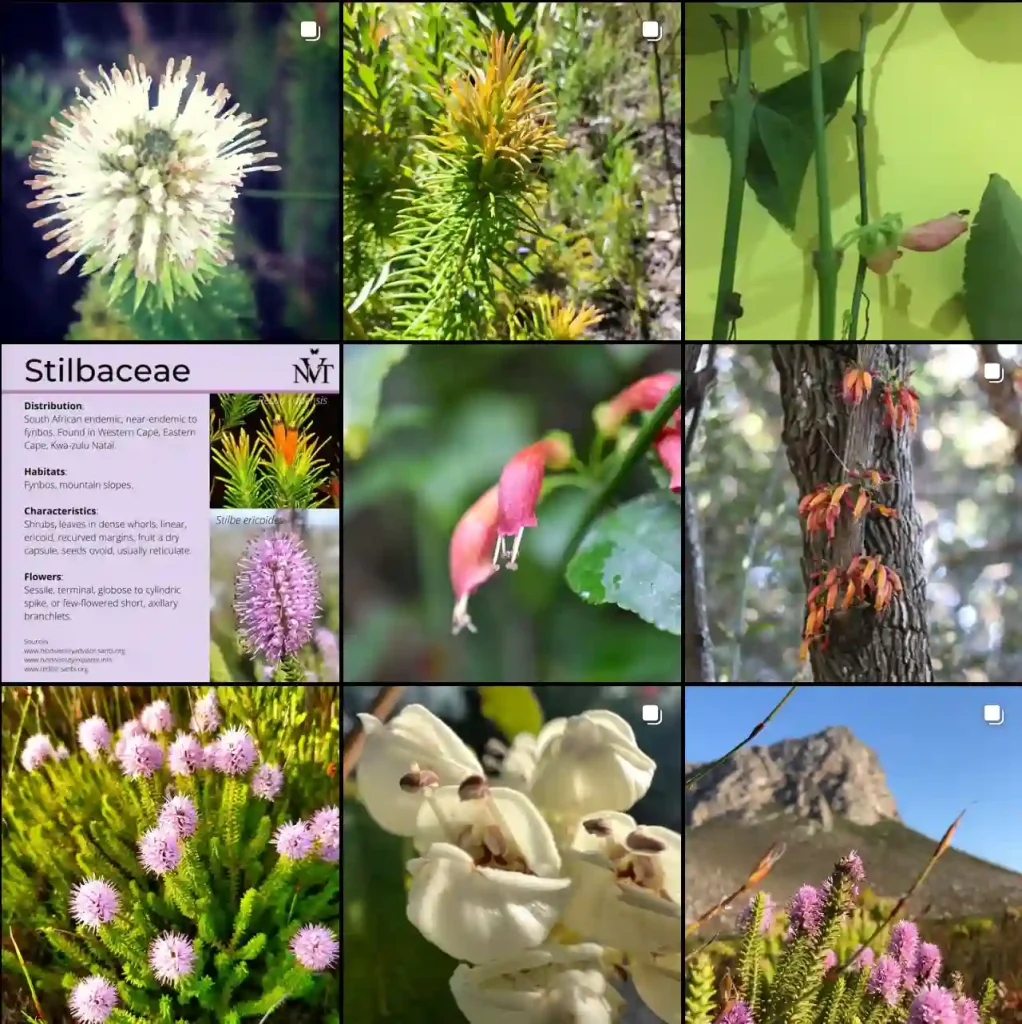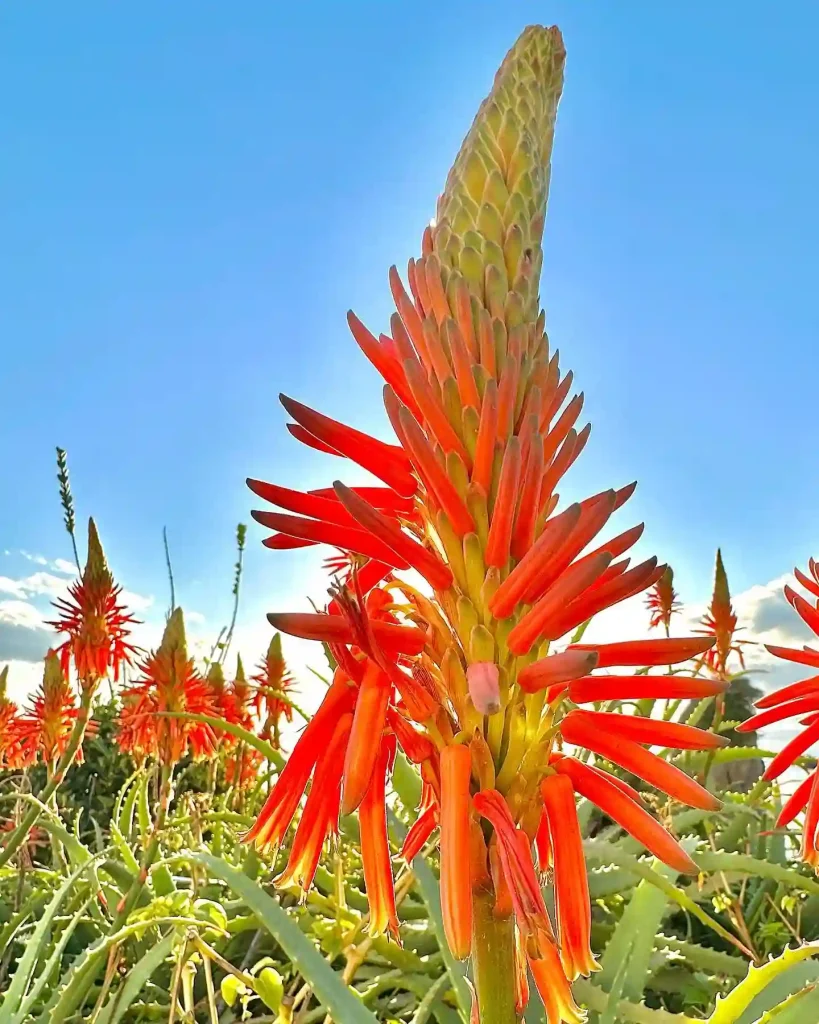
Is Carex Feather Falls deer resistant?
I’ve found that Carex Feather Falls is a pretty resilient plant when it comes to deer. In my garden, I’ve noticed that deer tend to avoid it, which is a huge relief because I’ve had issues with deer munching on other plants in the past. It’s great to have something that adds texture and interest to the landscape without being a buffet for the local wildlife.
2324 Species in Genus Carex
Can Carex Feather Falls be divided?
Yes, Carex Feather Falls can be divided! In fact, dividing the clumps is a recommended practice for maintaining the plant’s health and vigor. Here’s some information on when and how to divide Carex Feather Falls:
Why Divide Carex Feather Falls?
- Dividing helps prevent the clumps from becoming overcrowded and dense.
- Overcrowding can reduce airflow, making the plant more susceptible to diseases.
- Dividing also rejuvenates the plant and encourages new growth, leading to a fuller and more vibrant appearance.
When to Divide Carex Feather Falls:
- The best time to divide Carex Feather Falls is in early spring before new growth emerges.
- You can also divide the plant in fall but avoid doing it too late in the season when the plant is preparing for dormancy.
How to Divide Carex Feather Falls:
- Dig up the clump: Carefully dig up the entire Carex Feather Falls clump using a shovel or garden fork.
- Loosen the roots: Gently loosen the roots with your hands or a fork to separate the clump into smaller sections.
- Divide the sections: Aim for divisions with 2-3 healthy shoots and good root systems. You can use a sharp knife to cut through stubborn roots if necessary.
- Replanting: Replant the individual divisions in your desired locations, ensuring the crown (the area where the leaves meet the roots) sits at the same level as the surrounding soil.
- Water thoroughly: Water the newly planted divisions deeply to settle the soil around the roots.
Additional Tips:
- Discard any diseased or weak-looking sections when dividing.
- Water the newly divided plants regularly, especially during the first few weeks, to help them establish themselves.
- You can add a light layer of compost around the base of the plants after replanting to retain moisture and provide nutrients.
Is Feather Falls Carex a perennial?
Feather Falls Carex has been a staple in my garden for a few years now, and I can confidently say it’s a perennial. I love that I can rely on it to come back year after year, adding its graceful, cascading foliage to my landscape. It’s one less thing to worry about when planning my garden, knowing that this plant will return reliably and continue to thrive.
Is Carex Feather Falls toxic to dogs?
As a dog owner, I always prioritize the safety of my furry friends when choosing plants for my garden. From my research and personal experience, I’ve found no evidence to suggest that Carex Feather Falls is toxic to dogs. Of course, I always keep an eye on my pets when they’re exploring the garden, but having non-toxic plants like Feather Falls gives me peace of mind knowing that my garden is a safe environment for them to enjoy.
How to care for Carex Feather Falls?
Here’s a breakdown on how to care for your Carex Feather Falls:
Light:
- Thrives in full sun to partial shade.
- Avoid placing it in constant deep shade as it might affect its growth and flowering.
Watering:
- Once established, Carex Feather Falls is fairly drought tolerant.
- Water regularly during the growing season (spring and summer) to keep the soil evenly moist but not soggy.
- Allow the top inch of soil to dry slightly between waterings.
- Reduce watering in fall and winter as the plant goes dormant.
Soil:
- Prefers well-drained soil.
- If planting in containers, ensure the pot has drainage holes to prevent waterlogging.
- You can improve drainage by mixing compost or organic matter into the soil.
Fertilizing:
- Not a heavy feeder.
- A light application of balanced fertilizer once a year in early spring is sufficient.
Pruning:
- No regular pruning is required.
- In late winter or early spring, you can remove any dead, brown, or unsightly foliage to encourage new growth.
Additional Tips:
- Carex Feather Falls is a clump-forming perennial and may slowly spread over time. You can divide the clumps in spring or fall if desired.
- It’s generally pest and disease resistant.
- This versatile plant can be grown in borders, containers, or as part of a mass planting.
By following these simple care tips, you can keep your Carex Feather Falls looking lush and vibrant for many seasons.
If i die, water my plants!



